
In order to write this one properly, I had to get myself tip top and in Bristol fashion. You’ll know why soon. Cheerio!
Since I began Mind Your Dirt back in October of 2014 there have been so many wonderful connections made from all over the world. People of like-mindedness and equal fervor in global stewardship have reached out to share ideas or simply talk shop. I’ve helped a woman in Mozambique find a way to save her coveted coastal coral tree. I’ve received amazing support from students at the University of California San Diego. I’ve had countless amazing correspondences with so many people in need of inspiration, tips, or just to talk shop. My recent post about the poor monarch butterfly needing a new wing has created an outpouring of support from the scientific community as well as families around the world all determined to come up with a design and material for synthetic prosthetic wings. Very cool!
I’ve been so energized to continue this little experiment by so many of my readers and there’s no signs of it slowing down. So thank you one and all. For your support, your guidance and just for being you! I love you all dearly. I’m writing this today because another amazing connection has been made through Mind Your Dirt.
Last week I was contacted by a representative of Taylors of Harrogate.
Taylors of Harrogate is a Yorkshire-based family business devoted to the craft of outstanding tea and coffee since 1886. Tea experts at Taylors of Harrogate have decades of experience in seeking out the very best teas from the top gardens in the world and skilfully blending flavour-packed fruits and herbs to create beautifully balanced infusions. Using premium ingredients carefully sourced by Taylors and certified by the botanic experts at the Royal Botanic Gardens, Kew, the Taylors of Harrogate Fruit and Herbal Infusions range and Green Tea range are both blended to deliver pure and natural flavour. Taylors is proud to be a founding member of the Ethical Tea Partnership, which helps producers meet internationally recognised standards.
Taylors of Harrogate has just completed a wonderful project that promotes the care and conservation of pollinators. Specifically honey bees. They’ve just released this campaign today and they’ve asked Mind Your Dirt to collaborate on their amazing project! What providence.
They stumbled upon my post about making your own bee hotel and wanted me to join the cause. Which is quite an honor for little ol’ me. But it says a lot about the changing tide of good stewardship that I keep raving about. It gets me all excited. By the way, if you missed that post, check it out!
https://mindyourdirt.com/2016/05/30/we-have-a-vacancy-building-an-bug-hotel-for-solitary-bees/
If building your own bee hotel doesn’t suit your fancy (although I can’t imagine why, I had so much fun making mine!) there are many places to buy one for your yard! Here’s a few… (shameless plug warning)
Taylors of Harrogate partnered with Kew Gardens (who can boast the worlds largest collection of living plants by the way) to created something that is nothing short of spectacular! They’ve built the most amazing luxury bee hotel ever! Also while creating great a homage to Wes Anderson. It makes my hotel look like a decimated flea-ridden two bit motel. But I don’t mind being shown up for such a wonderful cause. Although, admittedly, I may have another agenda here.
You see, I have two hopes for this collaboration. First and foremost, to help spread these conservation efforts into everyone’s backyard and provide safe heavens for these essential pollinators. But also to come one step closer my lifelong dream of getting knighted! Anything to garnish attention towards that impossible dream would be smashing! Partly because I’d like to be referred to as Sir James Gielow, but I also want a sweet sword! Does it come with a sword? I know, I know: silly colonists can’t be Sirs. I can dream can’t I?
I digress m’lords and ladies! Back to tea and bee hotels! Just take a look at the video they’ve made that shows the Grand Beedapest Hotel. Prepare to have your mind blown!… Continue reading “Taylors of Harrogate’s Grand Beedabest Hotel”
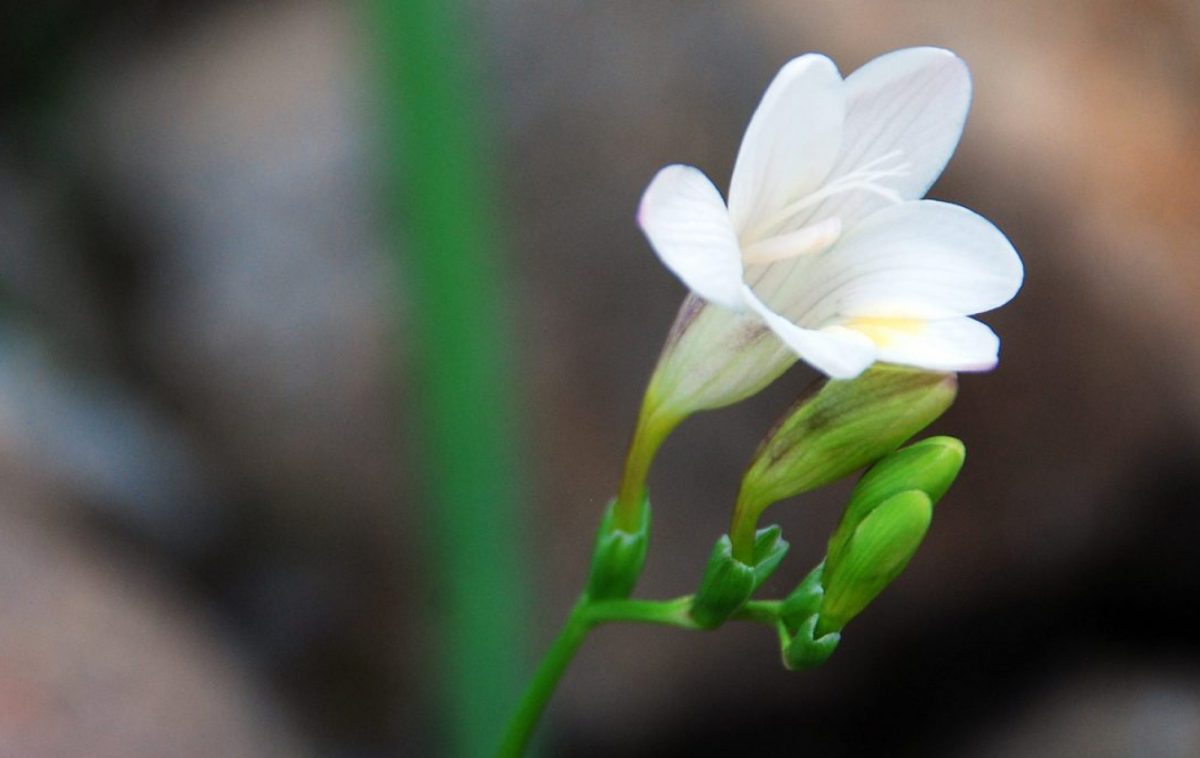

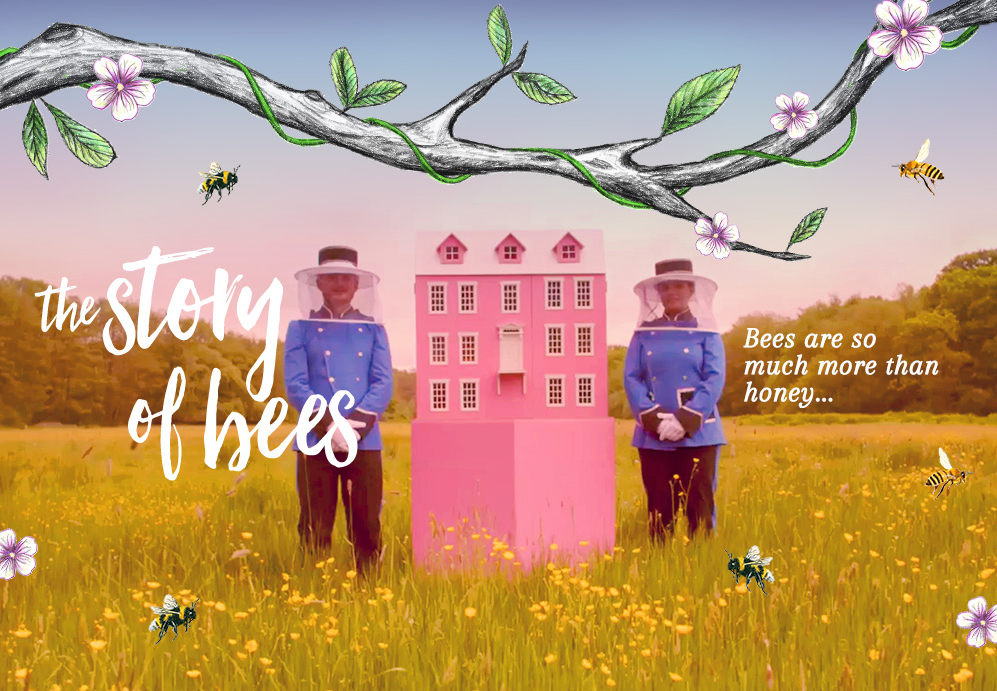
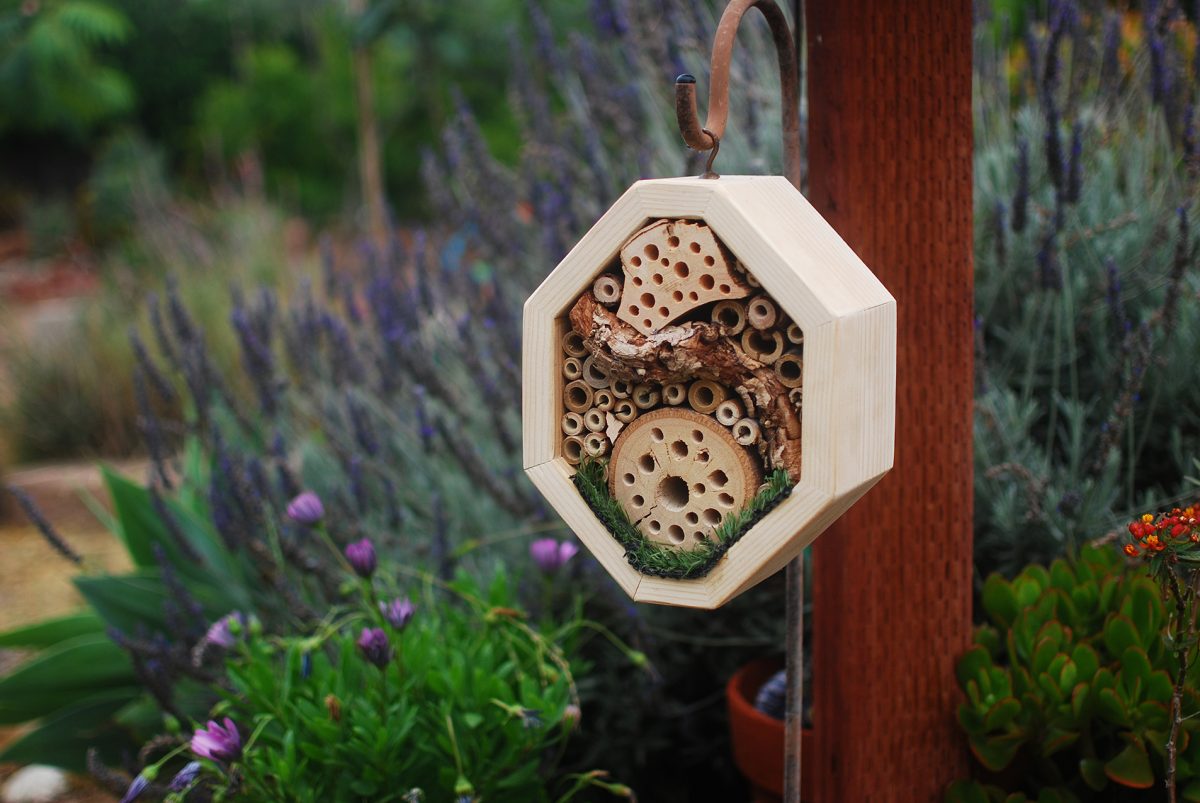
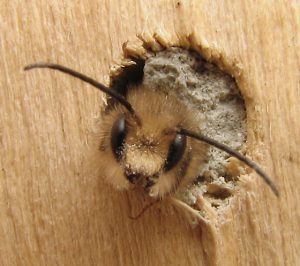
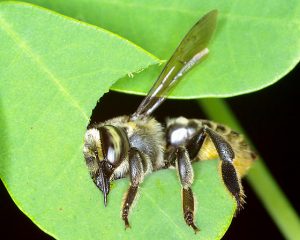

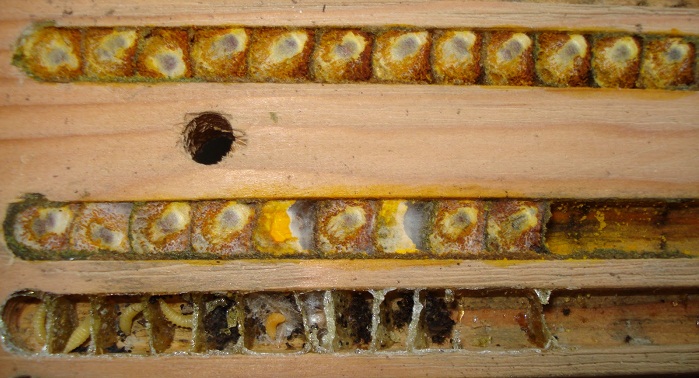

Here’s the deal with bonsai that most people neglect. It’s ALL about trunk development.
Most people will buy a sapling of a common bonsai breed and instantly begin wiring it up or cutting the branches. This is a waste of time because in order to get that harmonious ratio in real bonsai (vs. Mall-sai, the ones you see in shopping mall booths with glued rocks on the surface), you’ll need the tree to grow rather tall to develop the right trunk thickness. Then you’ll remove the entire top of the tree anyways. Like 3/4 of it at least. So why bother training branches that will be gone anyways?
For example, a 3″ diameter trunk has to be 16″-18″ in height in the end. A 1/2″ diameter trunk, which is typically what you’ll buy as a starter bonsai in malls would have to be like 3″ tall to get that ratio right. Or else it’ll just look like an over-pruned sapling. Which it is. But the idea is to give the illusion of a real giant tree.
So, to start with a seed, I’d grow it in the yard for a couple years. Un-prunned and we’ll fertilized with nitrogen and phosphorus rich fertilizer for maximum growth.
Then move it to a 5 gallon pot after pruning back the roots for a few years. And only then should you begin training and branch placement.
That’s the fastest way by seed. You’re looking at 4 years minimum.
Orrrr, you can find a larger tree or shrub that’s already in a 5 gallon pot and already has your desired trunk thickness and begin right now.
Some folk collect field specimens that already have the age as well as the trunk characteristics they’re looking for. However, collection of trees must be done with caution whereas there are many state and federal laws to protect from that. And rightly so. Your best bet is to go to a private home owner, or the like, that are looking to thin out trees or bushes on their personal property. Get down in that dirt and check out the base of the trunk and see its potential for a final design.
I could write a book here Nikki, I’ll try to stay the course so as to not overwhelm you. I gets all excited about bonsai!
Start off with an easy species that grows quickly and can take some trial and error. Ficus is a good one, although slow growing. The Chinese Elm is great, but were I you, I’d begin with a simple jade or other similar small leaved succulent. It’ll just be so you can test out you trunk development skills and can be so abused and pruned down to a nub.
Then work your way up to an Elm or Ficus. Maples are tough and not for beginners. There are many shrubs and bushes that make awesome bonsai and are hardy and relatively easy. Get a few to tend to so you can stay busy during the long waiting periods.
As for tools, there’s tons out there. Don’t go overboard your first few years. Some fine point scissors, a branch cutter, a concave cutter and a few gauges of bonsai wire should be ample for now. You’re just growing trunks anyways right? So no need for the big kit yet anyways. But the wire and cutters can be used on your test succulents while you’re waiting for the masterpiece.
As for books for the beginner, I recommend The Bonsai Handbook by David Prescott or The Bonsai Specialist by David Squire (he talks a lot about different species). Both are great resources.
So, that said, I really hope you get into this fascinating and ancient art. It’s so good for the soul. You’re essentially dedicating years of your life to pay homage to the powerful beauty of old trees. Your sculpting with living organisms and can express yourself through them. The art will give you a great peace and focus that you can carry with you everywhere. In short, do it!
Also watch every Karate Kid movie. Mr. Miyagi (sp?) will teach you all you’ll need.
Check in with me when you find a species you want to work with and I’ll help you along.”
-James Gielow @ Mind Your Dirt
The problem is that many plants are open air pollinators and you can get hybrids that are partly genetically modified if you don’t have them in a greenhouse.
Those bees are out and about, grabbing all that pollen from your neighbors and bringing it back to your GMO free plants! The floozies!
To be 98.0023% certain, you’d need a greenhouse that has its own pollinators trapped inside and make sure none get in from the outside. Then you’ll have real heirloom tomatoes. I’d set up a wall of lasers around the perimeter too!
If you’re looking to let them go to seed and then store the seed, that’s the only real way to do it. I always let some of my “crops” go to seed if I like them, it’s a great practice and investment.
GMO’s are like Pandora’s box, it’s open and it’s out there. No escape! But think about it, since the dawn of agriculture, all crops have been genetically enhanced by man through selective breeding . Just like the wolf or jackal has been transformed into a yapping chihuahua. It’s what we do to breed in desired traits and breed out the undesirable ones.
What we as health conscious farmers want to avoid are the insane pesticides and the GMO crops that are altered to harmonize with these poisons. That’s the real danger with GMO’s and that’s what is thought to be killing off the bees. No pollinators, no food.
In parts of China, due to pollution, there are farmers that hire people to climb up their trees and pollinate manually. Crazy right? A bunch of little ladies with Q-tips up on ladders. We may soon be joining them!
In the meantime, get some heirloom seeds so at least your starting out with the best statistical shot you have. If blooming or fruiting is a problem, try adjusting your nitrogen/potassium ratios depending on the species. If you have space, as well as distance from the neighbors, you might want to consider housing your own pollinators as well. Like the bees that lived in your old farm house walls. They still get out and about, but at least they’ll start working on your heirloom non GMO plants first.
I’ll do some more research and see what kind of article I can put up with you in mind.”
-James Gielow @ Mind Your Dirt